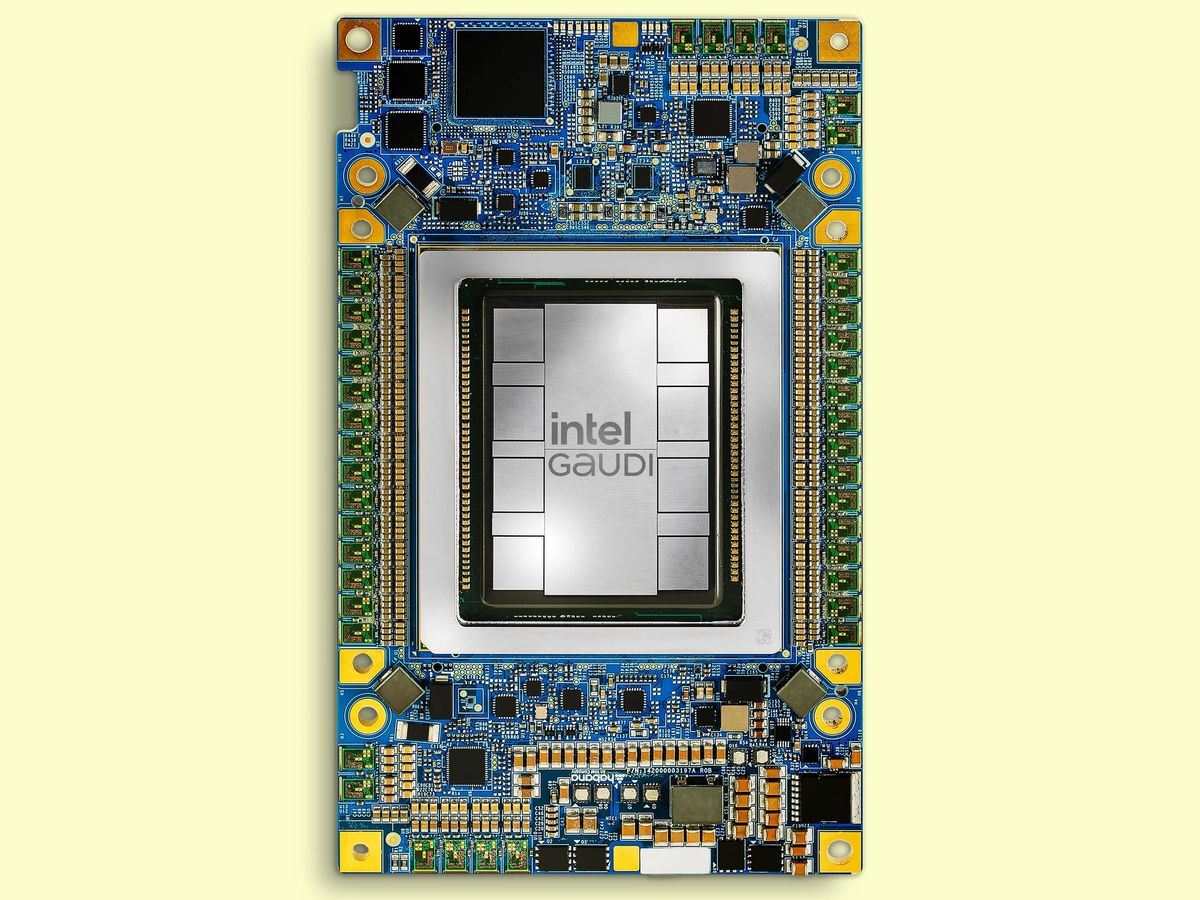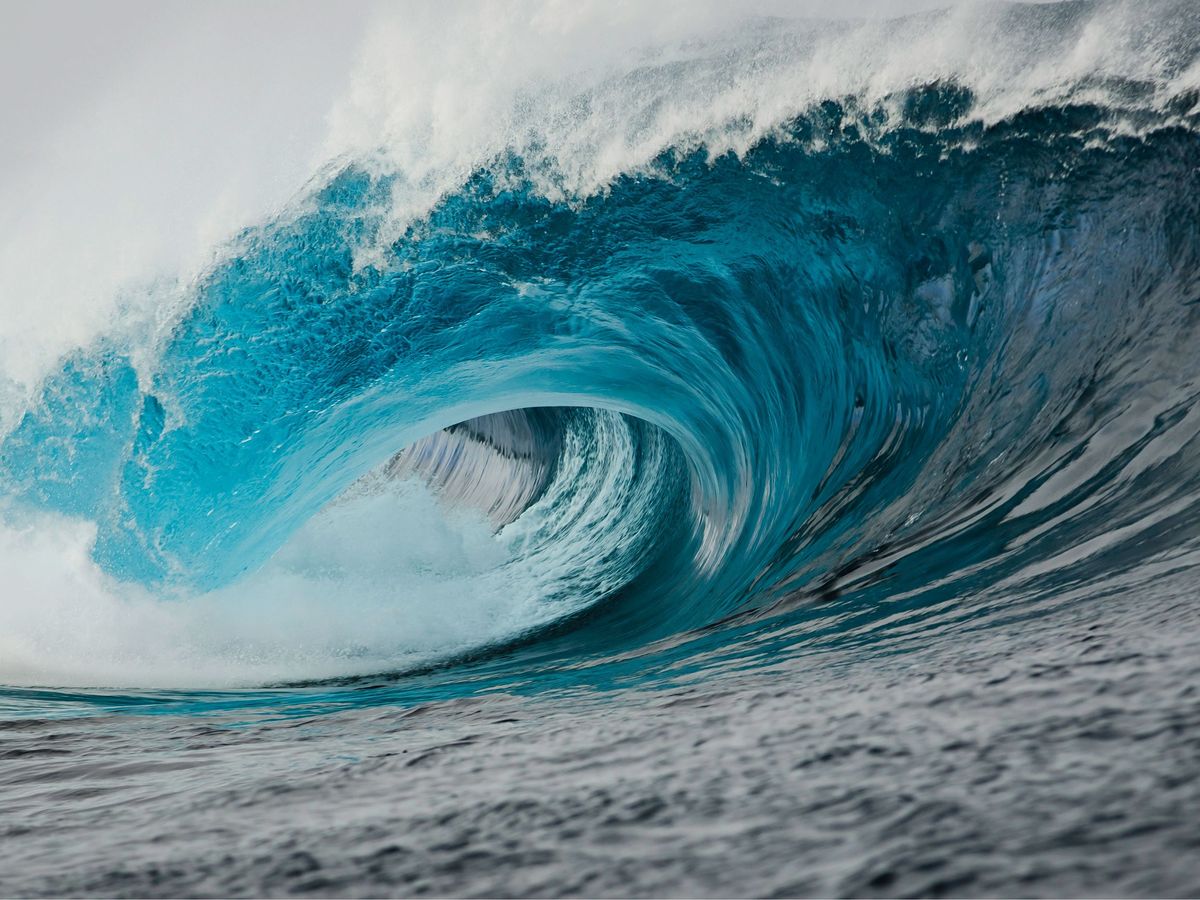When astronomers want to see objects that are extremely faint, they call on powerful and sensitive instruments to make them clear. The problem is that these instruments are so sensitive, the slightest bit of stray light can simply overwhelm them, making it impossible to resolve the faint object over the other light.
To overcome this problem, telescopes and other deep-space imaging devices use something called a coronagraph, a telescope attachment that blocks out stray light coming into the telescope as the instrument attempts to resolve dimmer objects that may be washed out by the light.
This fall, NASA researchers on the International Space Station will test a new super-black carbon nanotube coating that promises to make these coronagraphs even more effective.
The NASA researchers were compelled to look for a new coating for coronagraphs to deal with the special challenges brought on by a new, compact coronagraph NASA had developed that is roughly half the mass, volume, and cost of today’s coronagraphs. But with this smaller size come greater demands on the instrument.
"Compact coronagraphs make greater demands on controlling stray light and diffraction," said Doug Rabin, a Goddard heliophysicist who studies diffraction and stray light in coronagraphs, in a press release. Rabin expects that the nanotube coating should be better at preventing stray light from reaching the focal plane of the instrument than the black paint currently used.
While space-based testing, meant to see how the coating responds to the environment of space is taking place, researchers at NASA’s Goddard Space Flight Center in Greenbelt, MD, will use the material to coat a cylindrically shaped coronagraph.
If both tests prove successful, the carbon nanotube coating would replace the black paint that is currently used on coronagraphs. The enhanced coronagraph would not be limited to just the International Space Station, will likely also be used on commercial satellites that make critical space-weather-related measurements.
"We've made great progress on the coating," said Goddard optics engineer John Hagopian, in a press release. "The fact the coatings have survived the trip to the space station already has raised the maturity of the technology to a level that qualifies them for flight use. In many ways the external exposure of the samples on the space station subjects them to a much harsher environment than components will ever see inside of an instrument."
Dexter Johnson is a contributing editor at IEEE Spectrum, with a focus on nanotechnology.



